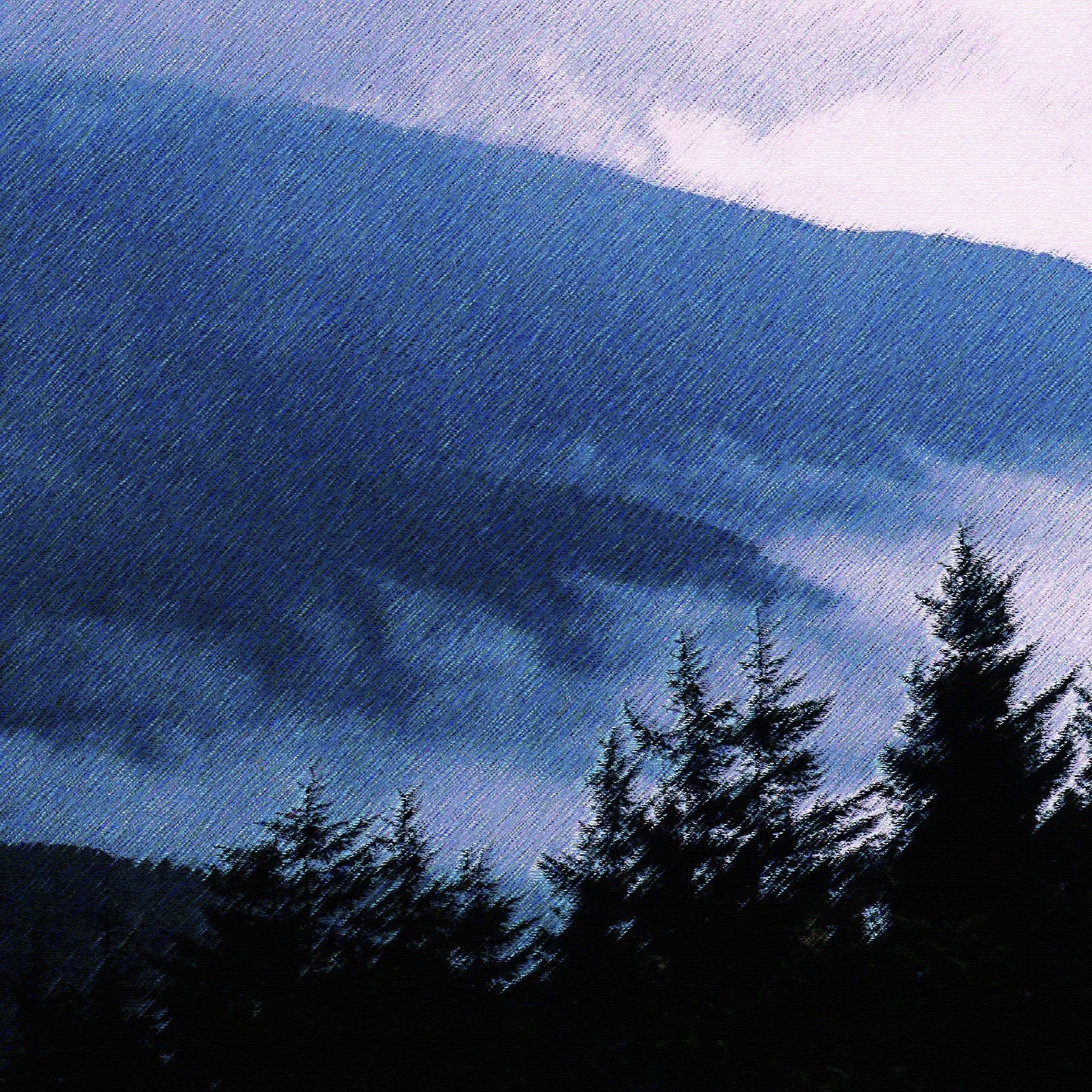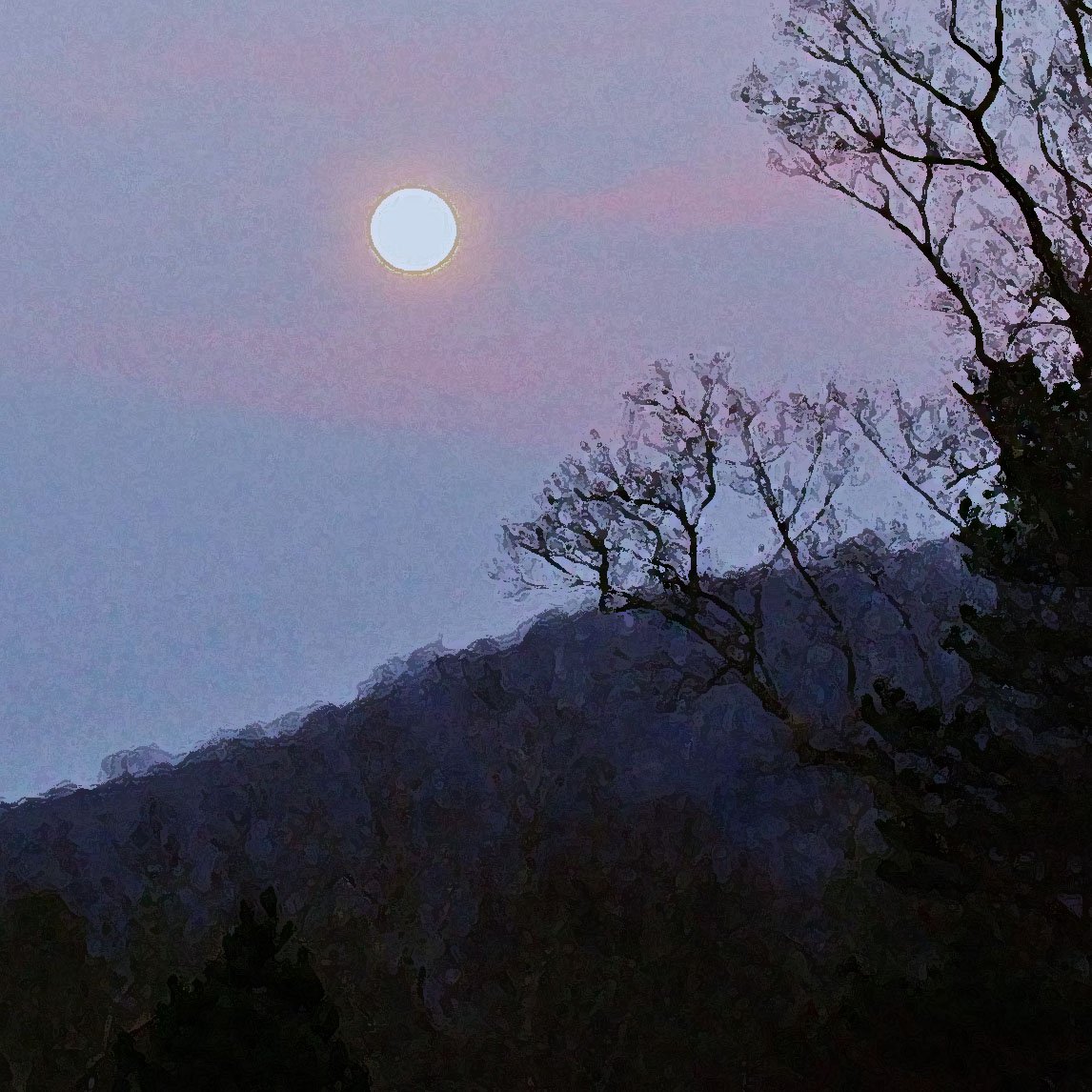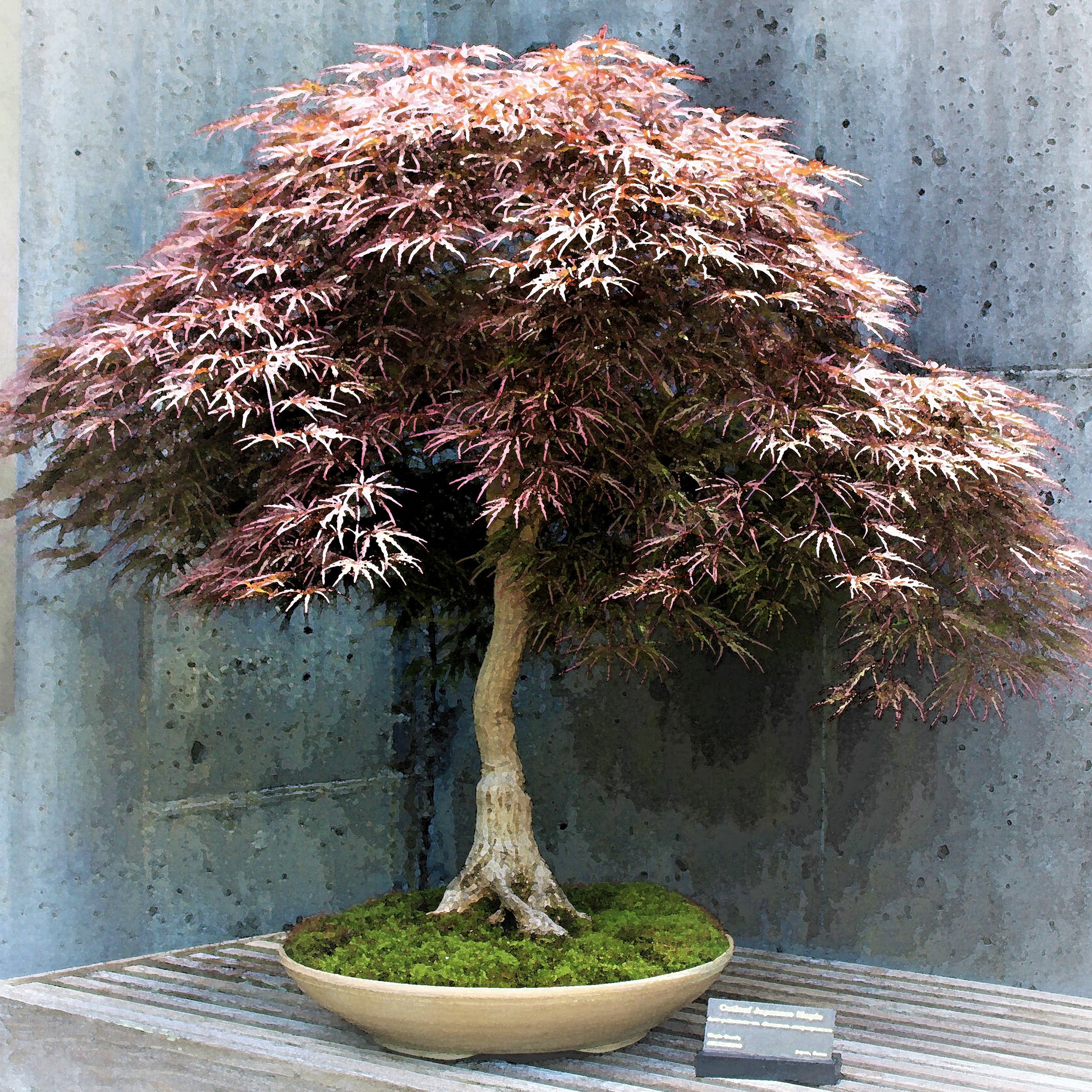When something goes bad or doesn't work right, blaming it on politics is always a safe bet. People think politics are inherently bad. Politicians are generally reviled and dismissed as being among the lowest of untrustworthy creatures, so much so that calling someone a "politician" is a slur.
Read MoreThe year 2005 was a watershed for bonsai at The North Carolina Arboretum. That was the year the Bonsai Exhibition Garden first opened to the public, in October on Expo weekend, and the advent of that space for displaying our collection forever changed the institutional status of bonsai.
Read MoreThe early years of the Carolina Bonsai Expo were an exhilarating experience. The show grew bigger and better with each passing year, with more people coming to see it and more clubs wanting to join. The undeniable success and popularity of the Expo became a prime driver of bonsai’s ascension up the Arboretum’s institutional ladder.
Read MoreBy the time of the final Expo in 2019, the event had established itself as one of the leading bonsai shows in the United States and was internationally known. For many years the Expo was The North Carolina Arboretum’s single largest event of the year as measured by visitation. Starting out, however, the Carolina Bonsai Expo was a humble affair.
Read MoreWe talked easily enough. Mr. Yoshimura's new surroundings were newer, cleaner and less cluttered than his home in Briarcliff Manor had been, and it felt different encountering him there. One thing hadn't changed, though — he still spoke to me in riddles sometimes.
Read MoreNine thirty the next morning I was at the hotel and Mr. Yoshimura was not waiting in the lobby. I stopped at the front desk and asked the woman working there what room Mr. Yoshimura was in. She told me the number then asked if I wanted her to call his room and let him know I was there. "No," I said. "He's expecting me."
Read MoreOn a mostly forgotten day in February, 1995, the telephone in my office rang. When I picked it up I heard Mr. Yoshimura's voice on the other end of the line. It was a happy surprise to hear his voice, because we hadn't spoken since my study visit with him in early January.
Read MoreIt amazed me that people were so generous. Their only motivation, so far as I could see, was to be helpful. They were supporting a new arboretum that was trying to start a new public bonsai collection, and if anything they had could be of use in that effort, they were happy to give it to us.
Read MoreI had to actively advocate for bonsai's place within the Arboretum. Bonsai was still in the institutional position of being a curious side venture, an experimental anomaly, and nothing like a full-fledged program in its own right. I was no curator then. I was allowed to refer to myself as the bonsai caretaker for public relations purposes, but that was an unofficial title.
Read MoreThose pots were made in Japan or China and their character was part of the whole “Ancient Art of Bonsai” package. In the beginning this was not a problem. The desirability of producing bonsai that adhered to a certain conventionally approved form was only another of the rules in a game I was learning to play. After some time, however, an unanticipated dilemma arose.
Read MoreContainerization of plants is a remarkable phenomenon that few people ever think about because it's been done forever and the practice is so widespread and common. The discovery that a plant might be taken out of its natural context, introduced to an artificial environment and kept alive and thriving over a prolonged period was revolutionary.
Read MoreMy guess is that very few of the many people who have admired "Yoshimura Island" over the past three decades have taken note of the ingenious composition. In truth, I did not fully appreciate it myself until I learned more about bonsai than I knew at the time the planting was created. What Mr. Yoshimura had done with the arrangement of this planting and why he did it was something I discovered only after years of looking at it and thinking about it.
Read MoreEven today I can't think of a great many technical tips I can say for certain came to me from Mr. Yoshimura. He contributed a good deal of information in that regard, but it all gets blended in with things I learned elsewhere, before and after my time with him. The real gold of my Yoshimura experience was in all the stuff that perplexed me at the time.
Read MoreI had brought along three ceramic tray containers — low-profile, good quality Japanese stoneware ovals, the kind traditionally used for forest plantings. Mr. Yoshimura looked at those a moment, then said, "Come with me!" At this he became animated to a surprising degree, scurrying in short, rapid steps toward the greenhouse. I followed.
Read MoreWhen Mr. Yoshimura wasn't preparing me for the future, he was looking back over the decades of his own past, trying, I think, to discern why things went the way they did. He spoke of episodes from all different phases of his life, from the distant days of his youth up to the most recent years.
Read MoreMr. Yoshimura's teaching style was direct. He spoke declaratively and took pains to be exact in his statements. He expressed himself with authority that arose from an absolute command of his subject, acquired over an entire lifetime spent immersed in the art of miniature trees and landscapes.
Read MoreMr. Yoshimura loaded my slides into the projector's carousel then started projecting the images onto a small screen, also crammed into the room. Here my lessons began. As each tree's image was thrown up on the screen, Mr. Yoshimura would study it briefly and then begin a critique.
Read MoreIn January of 1995 I traveled to Briarcliff Manor, New York, for a three-day study session with Mr. Yuji Yoshimura. Shortly after my return, I wrote an account of the experience and submitted it to Arboretum administration to communicate the value of what I had learned. What follows is an unedited transcript of that report.
Read MoreAs the new year began in 1959, thirty-seven-year-old Yuji Yoshimura began teaching bonsai classes at the Brooklyn Botanic Garden. He'd arrived in America laden with all the bonsai materials needed because they would not be otherwise available. This amounted to more than a ton of baggage, and the whole operation must have required prodigious planning and organization.
Read MoreWhen the 1993 World Bonsai Convention in Orlando was over and I returned to work, there was so much to do. It was springtime and our fledgling bonsai collection was leafed out and growing, and now my imagination had been sparked by both the convention experience and the study period in DC before that. My mind was full of big ideas about improving the Arboretum's trees and all the work it was going to take to begin building a program to support them. But it was springtime in the nursery, too.
Read More


















